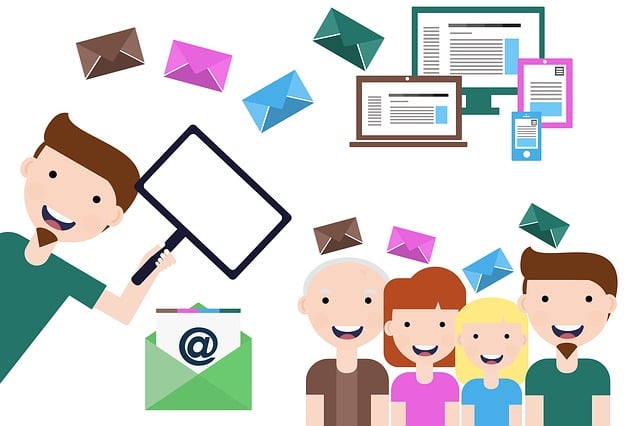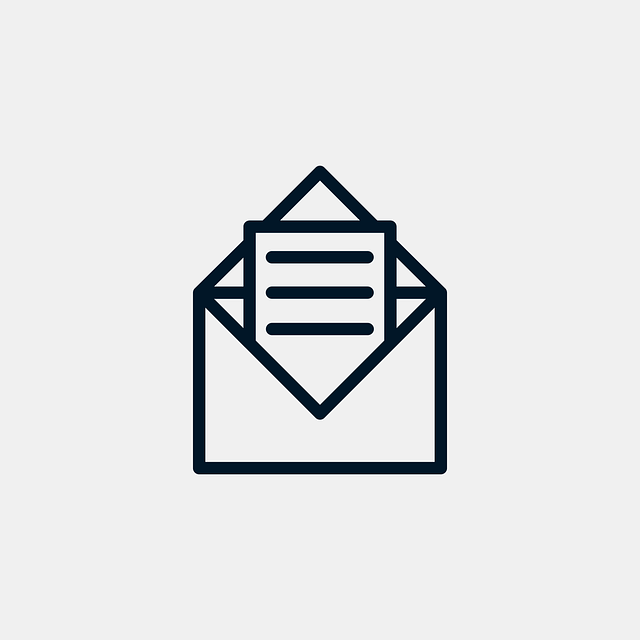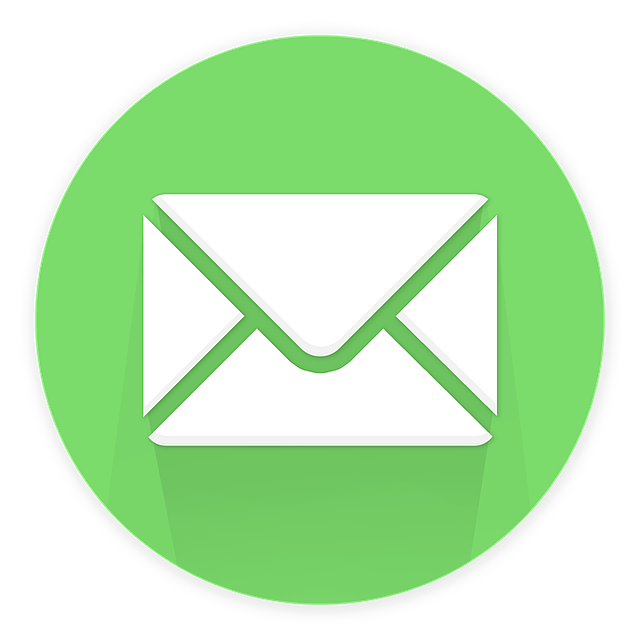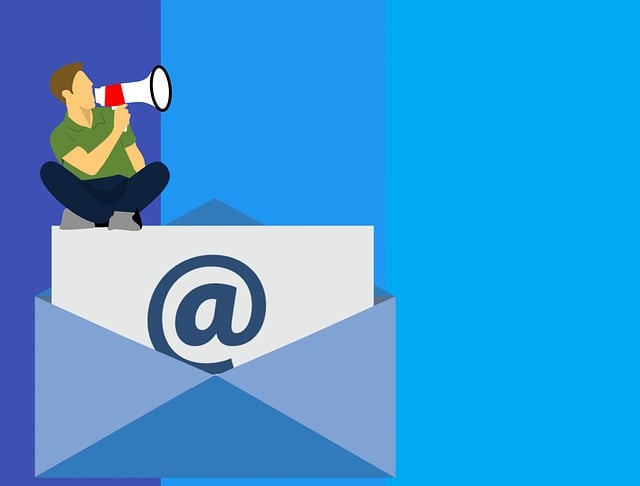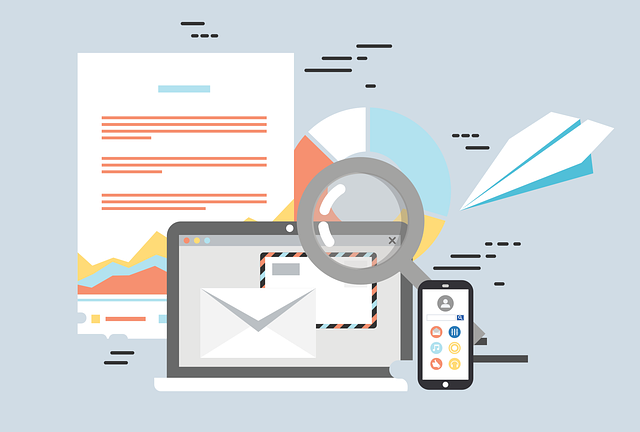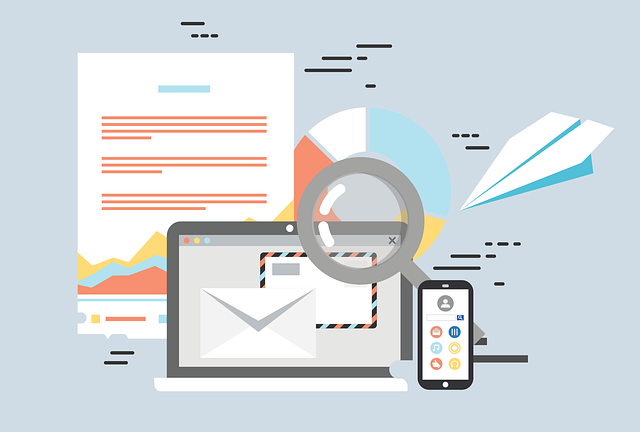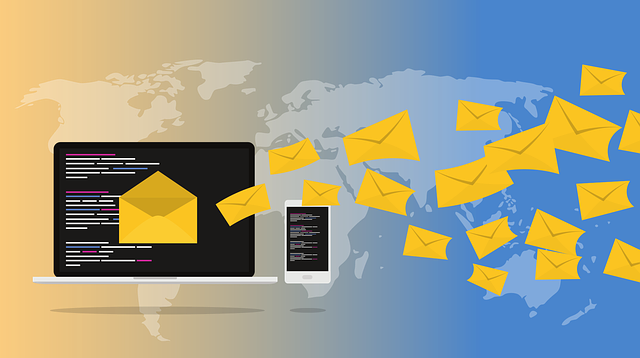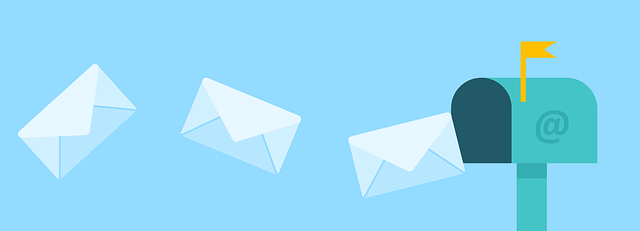Are you ready to take your email marketing for mobile apps to the next level?
In the world of mobile apps, where users have limited attention spans and countless options, it’s crucial to connect with your audience in a personalized and relevant way.
This is where segmenting your email marketing audience comes into play. By dividing your user base into smaller, targeted groups, you can tailor your email campaigns to meet their specific needs and preferences.
From understanding your user base to utilizing automation tools, this article will guide you through the process of effective audience segmentation for mobile apps.
So, buckle up and get ready to learn how to make your email marketing campaigns resonate with your users on a whole new level.
Remember, in the world of mobile apps, one size does not fit all!
Key Takeaways
- Segmenting the email marketing audience allows for tailored campaigns based on app usage frequency or specific in-app behaviors.
- Personalizing email campaigns based on audience preferences and behaviors increases engagement and conversions.
- Customizing email timing and frequency ensures messages are delivered at the right time and maximizes chances of action.
- Continuously monitoring and updating segments ensures relevant messaging and allows for refinement based on customer interactions.
Understand Your User Base
Before diving into segmenting your email marketing audience for mobile apps, it’s crucial to truly understand your user base.
Creating user personas and conducting market research are essential steps in gaining insights into who your users are and what they want. User personas help you define and categorize your target audience based on demographics, behaviors, and preferences. This information allows you to create personalized and relevant email content that resonates with each segment.
Conducting market research helps you identify trends, preferences, and pain points within your user base. Armed with this knowledge, you can tailor your email marketing campaigns to address specific needs and provide value to your users.
By understanding your user base, you can create relevant segments that will maximize engagement and drive conversions.
Create Relevant Segments
To effectively target different groups of users, start by categorizing them based on their preferences and behaviors. This will allow you to personalize your communication and increase engagement.
Did you know that 82% of smartphone users check their emails on their mobile devices? This presents a huge opportunity for mobile app marketers to reach their audience through email marketing.
By implementing segmentation strategies and targeted messaging, you can create relevant segments within your user base. This will enable you to tailor your email campaigns to specific groups, ensuring that your messages resonate with their interests and needs.
For example, you can segment users based on their app usage frequency or their specific in-app behaviors. This level of personalization will not only improve the effectiveness of your campaigns but also foster a stronger connection with your audience.
By understanding your user base and creating relevant segments, you can now move on to personalizing your email campaigns to further boost engagement and conversions.
Personalize Your Email Campaigns
When personalizing your email campaigns, it’s important to tailor the content to different user segments. By understanding your audience’s preferences and behaviors, you can create targeted emails that resonate with them, increasing engagement and conversions.
In addition, customizing email timing and frequency is crucial to ensure that your messages are delivered at the right time, avoiding overwhelming your subscribers and maximizing the chances of them taking action.
Tailor Content to User Segments
Crafting personalized content that speaks directly to your diverse user segments is the key to engaging your audience and ensuring a delightful mobile app experience. To achieve this, consider the following strategies for tailoring content to user segments:
-
Leverage data: Use data from user profiles, behavior, and preferences to create targeted content that resonates with each segment.
-
Segment based on interests: Divide your audience into segments based on their interests, hobbies, or preferences. This allows you to send relevant content that aligns with their specific needs.
-
Customize messaging: Craft messages that address the unique pain points and goals of each user segment.
-
A/B test content: Experiment with different variations of your content to see which resonates best with each segment.
-
Use dynamic content: Implement dynamic content blocks within your emails to personalize the experience for each user segment.
By tailoring your content to user segments, you can create a more engaging and personalized experience for your mobile app users. Now, let’s explore how to customize email timing and frequency to further optimize your email marketing strategy.
Customize Email Timing and Frequency
Maximize the impact of your email strategy by personalizing the timing and frequency of your messages.
With email deliverability and email design in mind, you can ensure that your emails reach your audience at the perfect moment and capture their attention.
By segmenting your email marketing audience for mobile apps, you can tailor your emails to their preferences and behavior. For example, you can send emails in the morning when people are more likely to check their phones or adjust the frequency based on their engagement levels.
This customization will make your emails feel more relevant and increase the chances of them being opened and acted upon.
Once you have customized the timing and frequency, it’s important to test and optimize your strategy to continually improve your results.
Test and Optimize
When it comes to optimizing your email campaigns, it’s crucial to A/B test different email variations. By testing different subject lines, email layouts, and call-to-action buttons, you can determine what resonates best with your audience and improve your email performance.
Once you’ve collected data from your tests, analyze the campaign performance to identify any trends or patterns, and adjust your email strategy accordingly.
Don’t underestimate the power of testing and optimizing your email campaigns to maximize their effectiveness and drive better results.
A/B Test Different Email Variations
Try out different email variations to see what resonates best with your audience and increases engagement for your mobile app! A/B testing different email variations allows you to compare the performance of different design elements, such as layout, colors, and call-to-action buttons.
By analyzing the results, you can determine which design is more effective in capturing the attention of your audience and driving conversions. For example, you can test different subject lines, email copy, and visual elements to see which combination leads to higher open rates and click-through rates.
This data-driven approach will help you optimize your email marketing strategy and achieve better conversion rates for your mobile app.
Once you have gathered the necessary insights, you can move on to analyzing campaign performance and adjusting accordingly to further improve your email marketing efforts.
Analyze Campaign Performance and Adjust Accordingly
Make sure to closely analyze the performance of your email campaigns and make necessary adjustments in order to achieve spectacular results.
By analyzing customer behavior, you can gain valuable insights into what’s working and what needs improvement. Look at metrics such as open rates, click-through rates, and conversion rates to understand how your audience is engaging with your emails.
Identify patterns and trends to determine what content resonates best with your subscribers. Additionally, optimize email deliverability by monitoring bounce rates and spam complaints. If your emails aren’t reaching your audience’s inboxes, all your hard work will go to waste.
Once you’ve analyzed campaign performance and made adjustments, you can move on to the next step of utilizing automation tools to streamline your email marketing efforts. These tools can help you save time and improve efficiency in reaching your mobile app audience.
Utilize Automation Tools
To effectively segment your email marketing audience for mobile apps, you should utilize automation tools. These tools allow you to easily categorize and target specific user groups. Automation benefits include saving time and effort by automating repetitive tasks, ensuring consistency in messaging, and providing real-time data for analysis.
With targeted messaging, you can personalize your emails based on user behavior, preferences, and demographics, increasing the chances of engagement and conversions. By using automation tools, you can create dynamic segments that automatically update based on user actions, such as app downloads, purchases, or email interactions. This allows you to deliver relevant content to each segment, increasing the effectiveness of your email marketing campaigns.
Continuously monitoring and updating segments ensures that your messaging remains relevant and tailored to your audience’s needs and preferences.
Continuously Monitor and Update Segments
Keep a close eye on your targeted user groups and regularly update them based on their actions, like a gardener tending to their plants, ensuring that each segment receives the right nourishment to grow and flourish.
Monitoring the effectiveness of your email marketing campaigns is crucial to understand how well your segments are engaging with your content. By analyzing open rates, click-through rates, and conversion rates, you can identify which segments are responding positively and which ones need adjustments. Use this data to optimize your email content and tailor it to each segment’s preferences and behaviors.
Additionally, track customer engagement by monitoring their interactions with your app, such as in-app purchases, app usage patterns, and feedback. This will help you further refine your segments and deliver personalized, targeted email campaigns that drive results.
Frequently Asked Questions
What are some common mistakes to avoid when segmenting your email marketing audience for mobile apps?
When segmenting your email marketing audience for mobile apps, there are some common mistakes to avoid.
First, don’t overlook the importance of personalization. Generic emails won’t engage your users.
Second, avoid segmenting solely based on demographics. Instead, consider user behavior and engagement levels.
Lastly, don’t forget to regularly analyze and update your segments to ensure they remain relevant.
By avoiding these mistakes, you can effectively target mobile app users with personalized email campaigns that drive engagement and conversions.
How can you gather data to better understand your user base and create more targeted segments?
To better understand your user base and create more targeted segments, start by implementing user behavior tracking. This will allow you to gather valuable data on how your users interact with your mobile app.
By analyzing this data, you can identify patterns, preferences, and trends which will help you segment your audience effectively.
Remember, data analysis is crucial in today’s digital landscape as it provides insights that enable you to personalize your email marketing campaigns and deliver more relevant content to your users.
Are there any best practices for personalizing email campaigns for mobile app users?
To personalize email campaigns for mobile app users, you can employ various email personalization techniques. By segmenting your audience based on their app usage patterns, demographics, or behavior, you can tailor your messages to their specific needs and preferences.
This approach ensures that your emails are relevant, engaging, and more likely to drive app usage and conversions. The benefits of segmentation for mobile app users include increased engagement, improved user experience, higher retention rates, and ultimately, increased revenue for your app.
What are some effective testing and optimization strategies to improve the performance of your email campaigns?
To improve the performance of your email campaigns, try A/B testing different elements like subject lines, CTAs, and email designs. A/B testing can lead to a 49% increase in email click-through rates, according to a study by Econsultancy.
Additionally, regularly analyze your email performance data to identify trends and areas for improvement. By continuously optimizing your campaigns based on testing and analysis, you can increase engagement and drive better results.
Can you recommend any automation tools specifically designed for segmenting email marketing audiences for mobile apps?
To effectively segment your email marketing audience for mobile apps, automation tools like Mailchimp or HubSpot can greatly assist you. These tools provide advanced segmentation features, allowing you to target specific groups of mobile app users based on their behavior, preferences, or demographics.
By using these segmentation strategies, you can deliver personalized and relevant content to your audience, increasing engagement and ultimately driving better results for your mobile app marketing campaigns.
Conclusion
So there you have it – a comprehensive guide on how to effectively segment your email marketing audience for mobile apps.
By understanding your user base, creating relevant segments, and personalizing your email campaigns, you can enhance engagement and drive conversions.
Don’t forget to test and optimize your strategies, and make use of automation tools to streamline your efforts.
And remember, segmentation is not a one-time task; continuously monitor and update your segments to ensure they remain effective.
Are you ready to take your mobile app email marketing to the next level?

